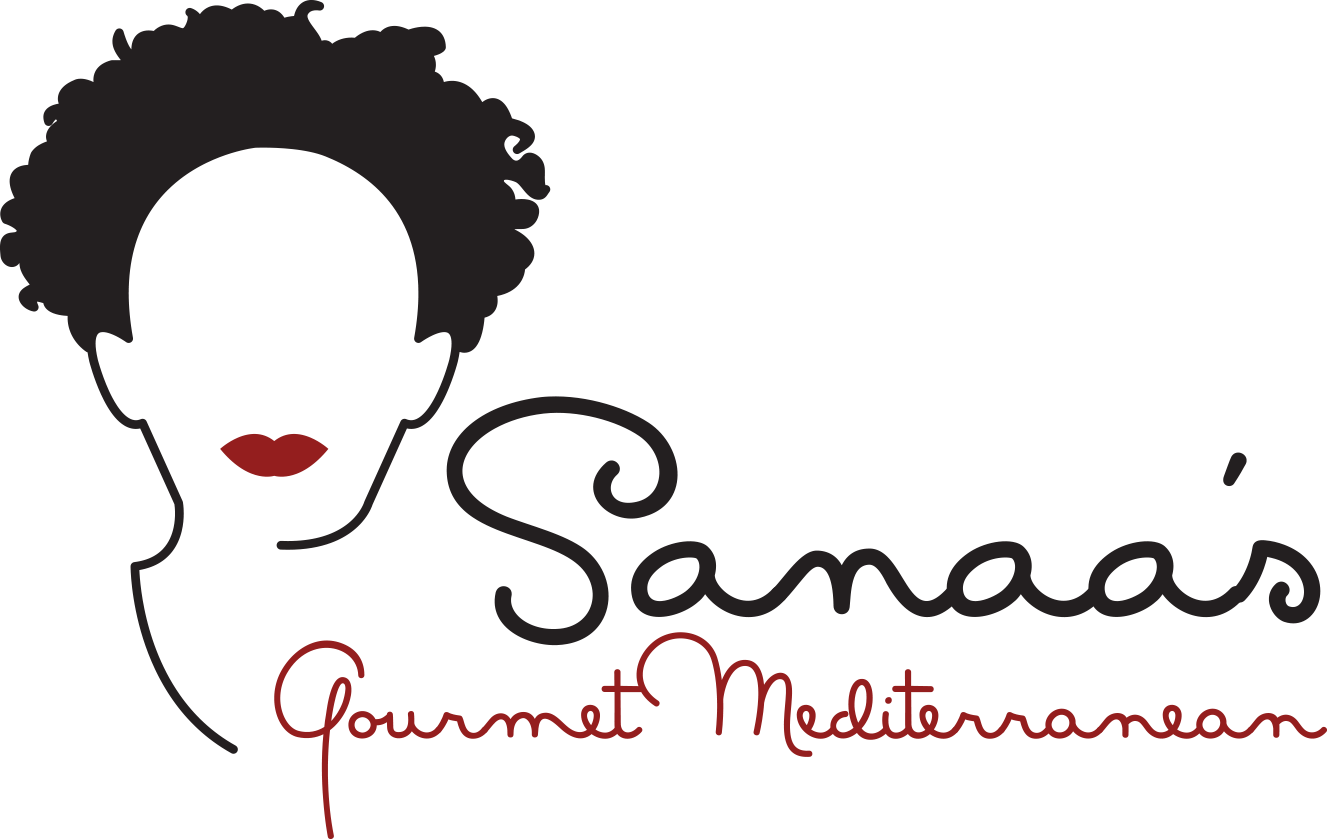Food With Funny and Interesting Names
When I worked for the WIC (Women’s Infants and Children) in Rapid City, part of my job was to analyze the food inventory for each family that came into our office. I would list everything the children of the family was eating in order to be able to tell the family what was missing in their diets. Now, I grew up in Syria, attended college in California, worked in Washington, D.C., and I thought that I had seen every kind of food under the sun. But taking food inventory in Rapid City, I ran into dishes that I had never heard of. There was one dish, whose name I cannot remember, that was made up of meat, noodles, vegetables, and some kind of gravy. The name, as I recall, told me nothing about the dish. I finally asked my supervisor what the dish was, and she told me what the ingredients were, which enabled me to complete the food inventory.It started me thinking. How did some dishes acquire their names? For example, a baked potato is no secret. It’s a baked potato. But a dish called “Nun’s Sigh,” is a complete mystery unless someone were to tell you what’s in it. The same is true for “Skunk Cookies,” which is a recipe sent in by Rochelle Hink, of Sioux Falls. Of course, it’s a cookie, but who knows what it’s like without being told. Rochelle tells me that it is a family recipe made at Christmastime. They were named by her father when he was about five years old. They are a pinwheel cookie with an addictive flavor. But the name would not indicate that.As well, “Bare Little Buns in The Grass,” is another strange name—a bean dish—sent in by Margaret Kuiper, a dietician, who tells me that it is a Dutch recipe that her mother made certain to send to her when she moved here from Canada. She wanted to make certain that she retained her Dutch heritage, which is something to applaud. She tells me that the Dutch are notorious for funny food names, such as “The Hague Bluff,” and “John in the Bag,”I’ve chosen several of the funniest sounding names to pass on to readers, including a Syrian recipe for stew that I’ve seen in Syria, called, “Burn the Fingers,” which I believe derived from how the stew is cooked. At the end of the cooking time, the cook must drop pieces of bread dough into the stew, which, if not done properly, burned the cook’s fingers.“Umm Ali,” is an Egyptian dish which means “Ali’s mother.” The myth that accompanies this dish is that the Sultan of Turkey, which had occupied Egypt back then, grew hungry while touring villages along the Nile. The village wanted to please the Sultan so they brought out the best cook in the village, a woman named, “Umm Ali.” All she had for ingredients was dried bread, nuts, coconut meat, milk and sugar. She mixed them and baked them in the oven, and the results were what is now called, “Umm Ali.” He was so fond of the dish that he asked for Umm Ali’s dessert from the palace chefs, thus the name.A Turkish dish, called “Imam Fainted,” derives its name from the Imam—a Muslim cleric—who loved the dish so much that he would faint each time he ate it. It is an eggplant dish where the eggplant is stuffed with tomato, onion, and garlic, then simmered in olive oil until done. Even thinking about it, I cannot blame the Imam for fainting.There is also a famous dip called “Baba Ghanoush,” translated to “Spoil your Father,” and “Lady’s finger,” which is filo dough stuffed with walnuts. The Lady’s finger comes from the delicate result of the thin filo dough. Another dessert is called, “Eat and Thanks.”If you have any dish with funny name, I would love to hear from you.
